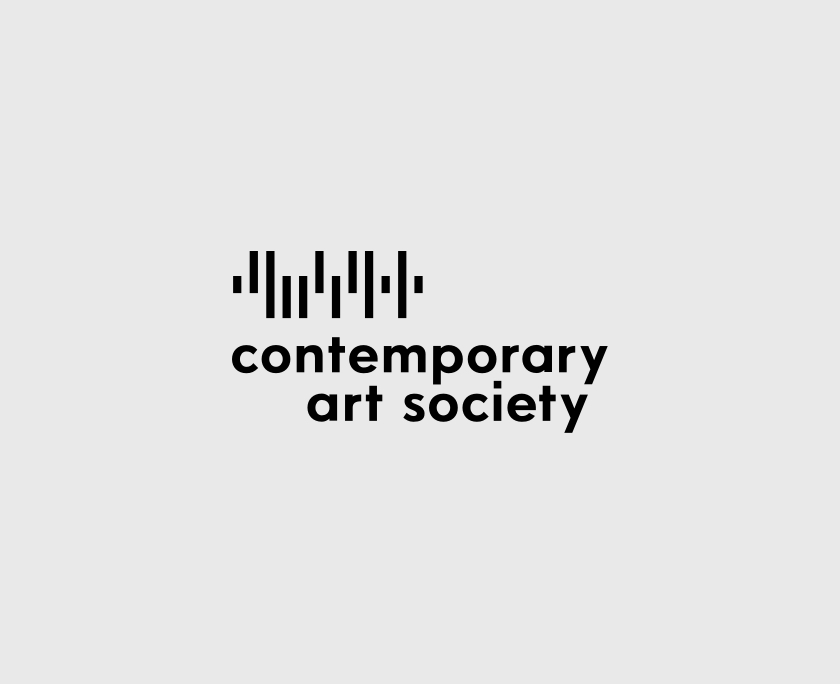This is a three quarter length study of a voluminous black female nude with large breasts and abdomen and a skull-like face, against a background of abstract patters in different colours. The shape of her teeth echoes that of her beads and her eyes, grotesquely set in her forehead.
The painting is depicted in an essentially expressionistic manner, drawing on the post-war Art Brut, Cubist and Primitivist pictorial tropes. The artist's major formative influences were Georges Rouault, Chaim Soutine, Picasso and the Indian sculptures of Mathura and Khajurao. In this painting we detect the influences of Rouault, in the frontal, icon-like composition, the line-bound figure and the thick and porous application of layers of paint and Picasso, who Souza had met in Paris in 1956, in his use of 'primitivist' idioms. Souza developed the theme of the female nude throughout his career. Black Nude (19610 was owned by the artist Ivon Hitchens (1893-1979); who lent it to the Contemporary Art Society, in 1973 and was gifted to the Contemporary Art Society by the artist's widow, Mollie Hitchens (1909-1993) in 1982 when it was presented to Victoria & Albert Museum, South & South East Asia Collection the following year.
Francis Newton Souza (1924-2002) was born in Goa to Roman Catholic parents. Having left school in 1939 he gave up the idea of becoming a priest and joined the British Sir Jamsetjee Jeejeebhoy School of Art, the oldest art institution in Mumbai, India, from which he was expelled and soon after arrived in London in 1949. He had been the founder of the Progressive Artists' Group (PAG). PAG, set up in 1947, soon after the Partition of India and was one of a number of left-wing groups that were active in the 1930-40s Indian cultural scene. The group embraced the Surrealist, Expressionist and Cubist styles of the international avant-garde art movements.


